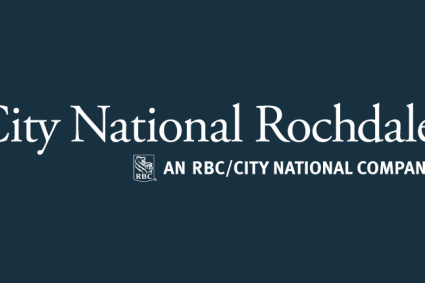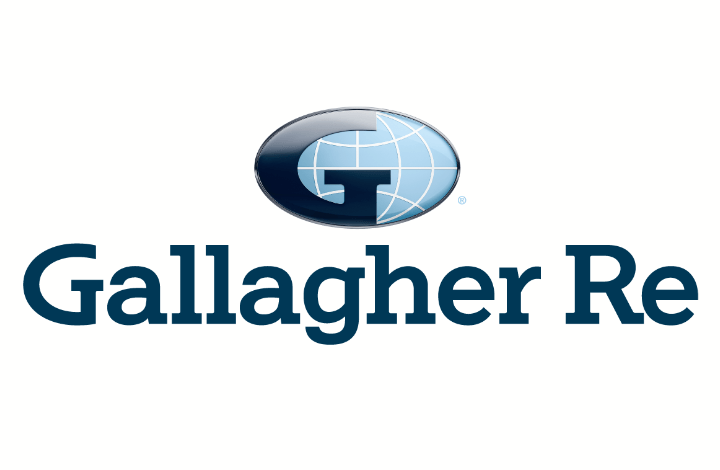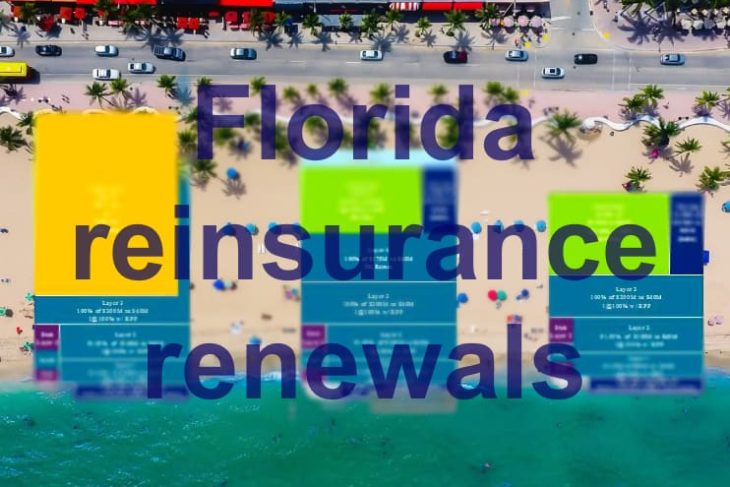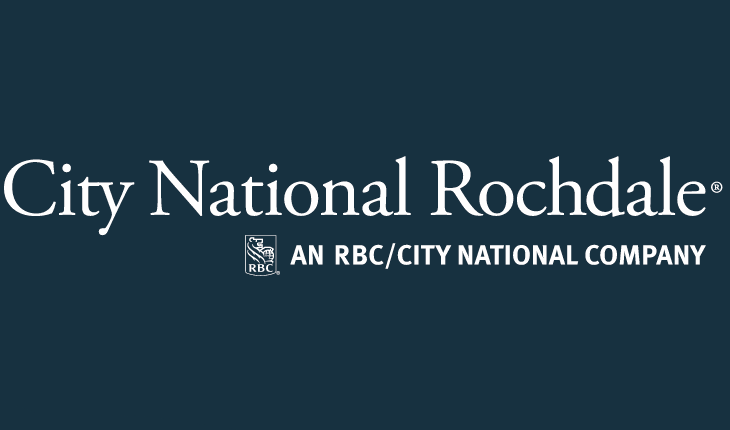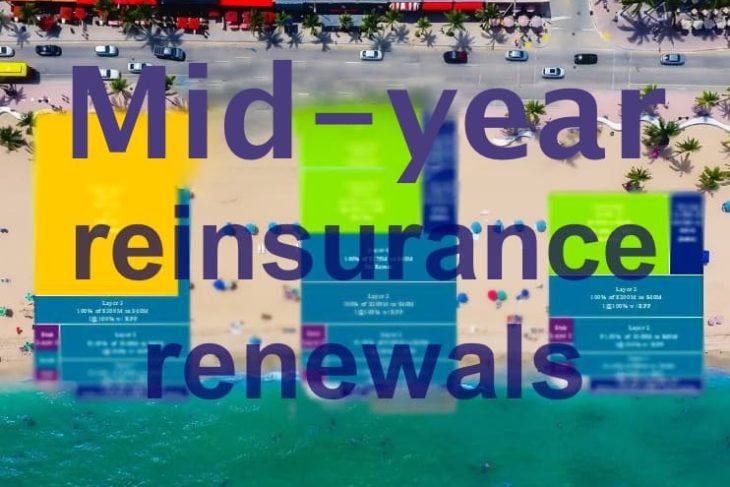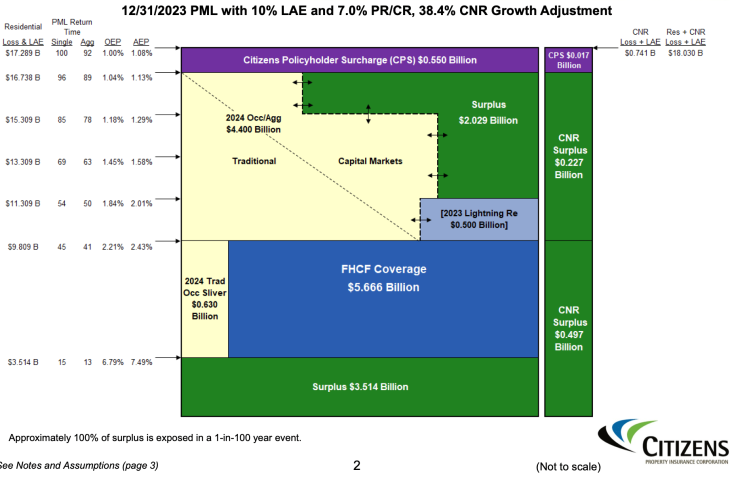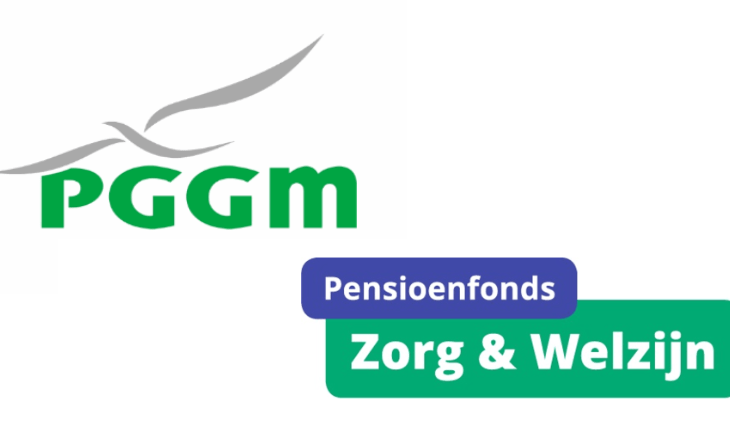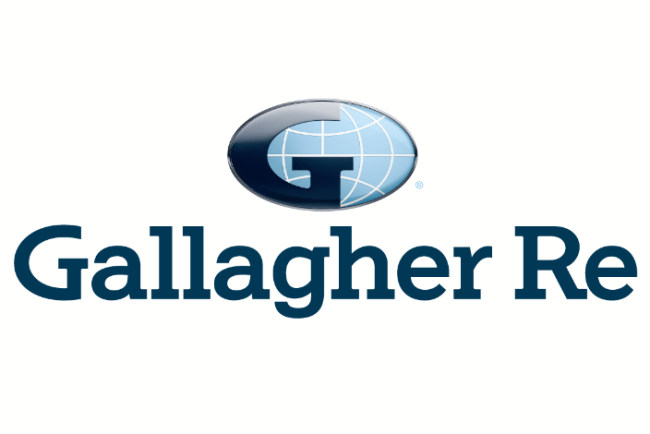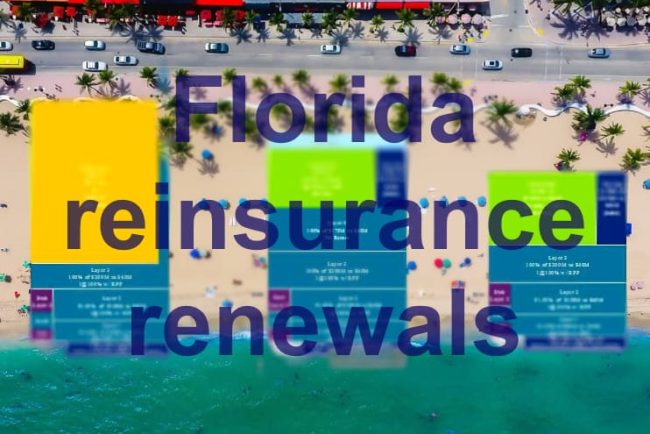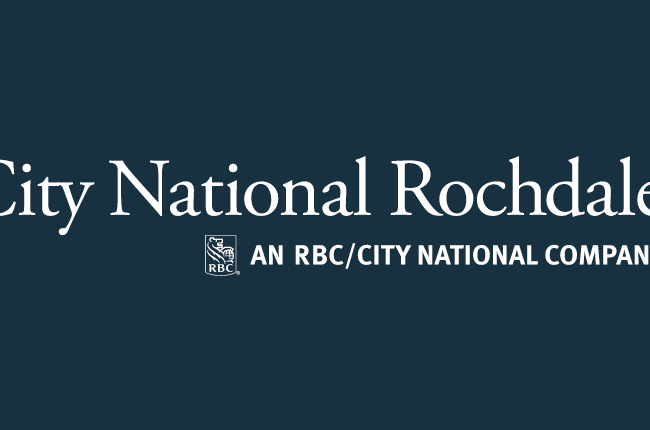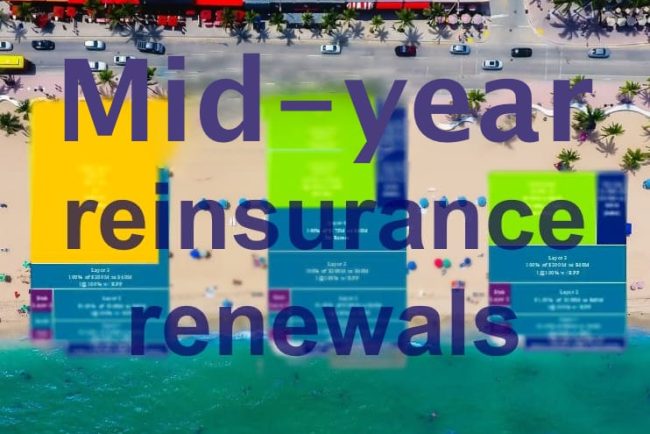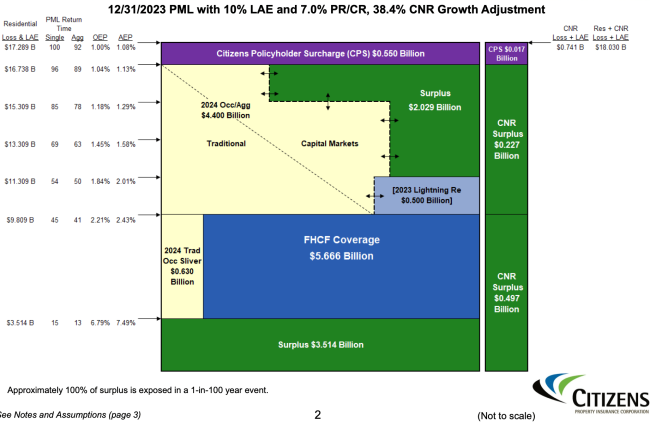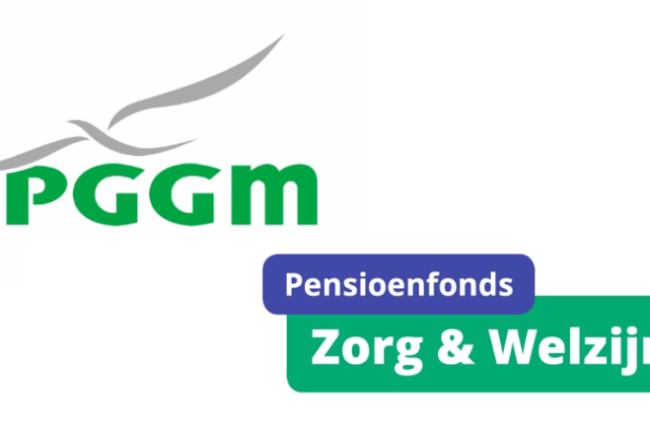
This content is copyright to www.artemis.bm and should not appear anywhere else, or an infringement has occurred.
The level of insurance-linked securities (ILS) capital reached new heights in 2023 on the back of record issuance in the catastrophe bond market, and while collateralised reinsurance has so far failed to rebound, there are signs of growth, according to James Vickers, Chairman of International, Gallagher Re.
 Artemis spoke with Vickers around the launch of the reinsurance broker’s April 1 renewals report, which reveals that further price softening is anticipated as demand continues to rise alongside greater availability of capital.
Artemis spoke with Vickers around the launch of the reinsurance broker’s April 1 renewals report, which reveals that further price softening is anticipated as demand continues to rise alongside greater availability of capital.
After reaching record heights in 2023 and with cat bond market momentum persisting so far in 2024, Vickers feels that ILS capital’s influence could be quite significant at the mid-year reinsurance renewals.
“ILS capital is always playing a supporting role to the traditional market. But it is buoyant, and the spreads are coming down,” said Vickers.
“The best ILS fund managers are growing their funds under management; they produced some wonderful returns for 2023. And some of them we know have got offers of more capital that they feel comfortable to deploy. So, yes, ILS capital can be very helpful,” he added.
On the traditional cat bond side of the ILS marketplace, Vickers reiterated that ILS managers who’ve performed well almost have an embarrassment of riches at the moment.
“It’s more a question of can they continue to deploy their capacity at attractive terms,” he said.
But while cat bond market growth has been impressive in recent times, the collateralised reinsurance market, which is the largest part of the ILS universe, has stagnated.
“Collateralisation is an interesting topic,” said Vickers. “There are signs that there is a bit of growth there. Capacity is coming into that market, and for a lot of investors that’s a better way to enter the market. Partner up, do a collateralised sidecar with an existing, well-known reinsurer rather than investing in a bricks and mortar reinsurer from scratch.”
Vickers went on to note that it’s quite noticeable that a number of the new reinsurance startups that have been discussed have failed to materialise, stating that at this time, they don’t seem to be able to attract investors.
“And one of the reasons, I think, is that those who wish to invest in reinsurance, is you’ve got so many other options, such as collateralised sidecars, so if you can find the right partner, is quite an attractive option.
“So, collateralised, it may grow a bit, particularly as investors grow in confidence,” said Vickers.
Commenting on capital more broadly and whether it can rebuild this year and how influential that could be at the mid-year renewals and into 2025, Vickers said that if 2024 is another good underwriting year and the investment performance is decent, capital will continue to build.
“If you think what one good underwriting year can do, allied with reducing interest rates that are boosting up the asset side of the balance sheets as well, it can be quite significant.
“Having said that, as a reinsurer sitting sit there at the mid-year, you’ve still got the US hurricane season ahead of you, you’re probably not counting your chickens until you get to the end of the year and know what state your capital is going to be in. Touch wood, so far, it’s been a pretty good Q1. But just because nothing untoward happens between now and 1/6 doesn’t necessarily mean that reinsurers will be overly aggressive in terms of using their capital because they know that they’ve still got to get through the more traditionally difficult second-half year,” said Vickers.
Interestingly, Vickers told Artemis that while there appears to be a feeling around the investor community that the reinsurance market was hardening from around 2019 onwards, the reality is that 2020, 2021, and 2022 were all pretty poor years.
“And there are more hard bitten investors who think okay, fine, 2023 is a good year but one swallow doesn’t make a summer. Reinsurers need to produce another year and show that they can do it consistently,” said Vickers.
“Let’s wait and see whether reinsurers can manage a second decent year. Then I think the dynamics might change a bit. But again, smart investors will also be looking at demand as they will be worried if the capital grows too fast that’ll only push pricing down and the returns will fall away.
“Now, if they can be convinced that demand is going to grow and that capital can be put to good use at a reasonable margin, that’s another subject,” he concluded.
Read all of our interviews with ILS market and reinsurance sector professionals here.
Signs of growth in collateralised reinsurance market: Vickers, Gallagher Re was published by: www.Artemis.bm
Our catastrophe bond deal directory
Sign up for our free weekly email newsletter here.



